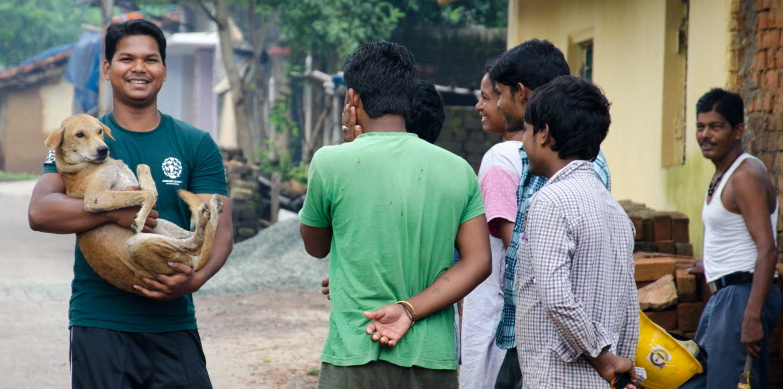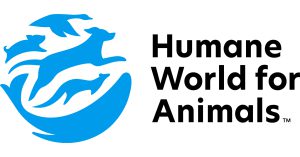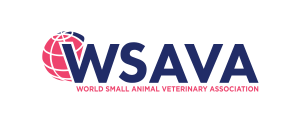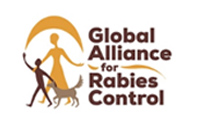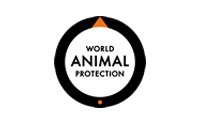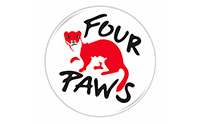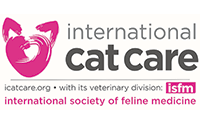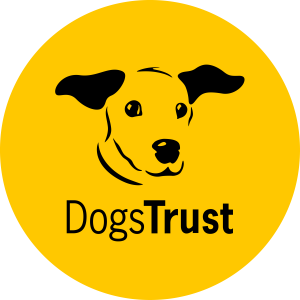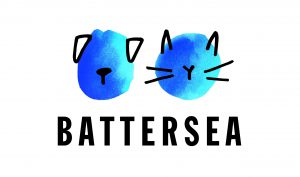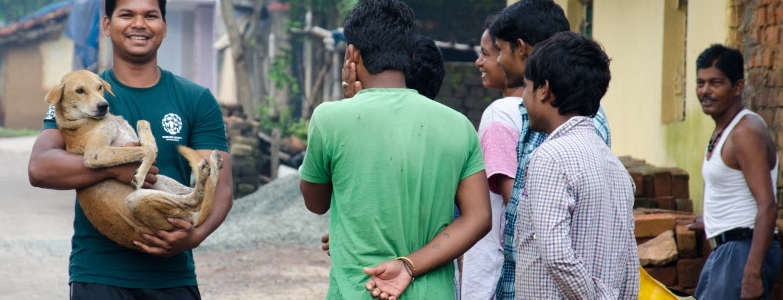
Introduction
A comprehensive humane handling programme was introduced at from the outset of HSI’s CNR project in Jamshedpur. The aim of the programme was (1) to improve the welfare of the dogs involved in CNR, and (2) to provide a model for Human Behaviour Change towards compassion for animals in the community.
Three key questions were the focus of the programme design: Is it good for the dog? Is it good for the staff? Is it good for the public?
Project Set-up
A. Infrastructure
- Dog kennels. Single kennels were converted to small enclosures to allow for ease of entry for staff, adequate space for handling manoeuvres and for socialisation.
- Transport vehicles. The transport vehicles were design to be an appropriate height, so that staff members could easily and safely lift and directly place a dog onto the floor of the vehicle, without needing to throw.
B. Staff
- Salaries. Because handling is a practical skill that takes time to develop, staff salaries were increased to minimise turnover.
- Staff designation. Previously termed “dogcatchers”, “paravets” (handled dogs in clinic), “drivers” (helped with catching/release) and “cleaners” (handled dogs inside kennels) were changed to “Animal Welfare Officers” (AWOs).
- Skills training. In June 2013, all project staff, including the vets, underwent a two-week participatory workshop on Human-Dog Behaviour and Communication. The workshop was designed to lead the people through 5 key steps:
- Understanding the dog as a unique animal with needs and feelings,
- identifying the 5 freedoms and linking this with basic human needs,
- exploring human emotional expressions through our own body language,
- introduction to dog body language and signals, and
- learning to use human body language to reduce fear and stress in dogs.
- The workshop was followed by 2 weeks of practical training in the field. Using biscuits to attract the dogs, staff learned basic petting and handling.
Project Implementation
A. Field
- In July 2013, the CNR project began, working systematically from ward to ward. With each new ward, the Field Team would start by hand-catching only the friendly dogs using biscuits. As a result:
- The handlers’ skills, confidence and compassion increased with every positive experience.
- The other dogs who witnessed the “catching” but were not caught in the first round learned to associate the vehicle and AWOs as a source of biscuits, which made it easier to find and catch them in subsequent rounds.
- Dog owners/carers were more willing to hand over their dogs to the project for vaccination and sterilisation.
- It was easier to conduct post-operative treatment (and repeat vaccinations) in the field because dogs did not run away from the AWOs.
- AWOs received praise from the community, boosting their morale and motivating them to become better handlers.
- After most of the friendly, easy-to-catch dogs have been through the CNR project, in their second round through a ward, the AWOs learned to apply minor restraints, including “scruff”, to catch the more fearful, but still approachable dogs.
- In December 2013, after all the AWOs had 4-6 months of hand-catching in the field, they finally received training in net-catching.
- The public was never allowed to engage in dog-catching activities by shouting/chasing the dogs, or to perceive it as sport.
- An average of 20-25 dogs was caught per day.
- One handler was always in the back of the vehicle with the dogs to monitor health and safety of the animals, and to maintain a positive human-dog connection after the initial “catching”.
B. Clinic & Kennels
- All clinic staff, were trained to give slow, less-painful injections.
- AWOs learned how to keep the animals calm by moving slowly and quietly. At first, they were only given towels to use for restraint. Over time, other equipment and handling techniques were introduced, but only when the AWOs were ready.
- One senior AWO was always in clinic, in case more advanced handling skill was required.
C. Management
- The project had no targets for the first 2-3 months. Progress was determined based on the skills level of the staff.
- Safety was paramount. If a new AWO was bitten within the first few months, he/she was likely to remain fearful of dogs and not develop into a confident, compassionate handler.
- Humane handling and good welfare were always rewarded; zero tolerance for inhumane handling.
Impact and Conclusion
The programme proved successful in promoting care and compassion in the project staff. There was no turnover after the second year. Most of the AWOs ended up adopting dogs into their own families. We hope they will continue to be a model of compassion and good animal welfare within their local community.
In some communities, we found that people’s interactions with street dogs changed for the positive after HSI intervention. Staff noticed increased sightings of residents petting dogs when our vehicle drove past; there were increasing cases of adoptions reported. The engagement of the AWOs with the community provided an additional component of “humane education”. Community mobilisation also led to increased demand for veterinary services.
Overall, we saw that humane handling can be a model for planting seeds of compassion in communities as dog catching can attract crowds of people. Alternatively, poor handling, such as the use of tongs and loops, may increase the public’s fear and negative perception of the dogs and also produce frustrated, desensitised staff over time. Correct and successful implementation of humane handling is a powerful and effective tool for changing human behaviour towards compassion.
Beyond the Jamshedpur project
The CNR project ran 2013-2016, ending after reaching high levels of sterilizations. Hand-catching is now the standard and preferred catching method in all HSI programs across Asia and Africa. It has proven to be effective with 50% to over 70% of dogs in our programs and the remaining dogs are either caught with nets or traps, depending on the situation. Facilities are built to accommodate the handling protocols developed within and after this initial program.
Even in project areas where dogs have been exposed to a lot of negative interactions with humans, our hand catching protocol has proven to engage communities and shape a new way of interacting with dogs. For example, in Kerala dogs are generally perceived as a nuisance and poisoning is still quite common. However, the HSI team working on a new CNR project in Kerala has received praises from the government, the media and the communities alike, not least because of the way we handle dogs and interact with dogs and people in the communities we work in.
